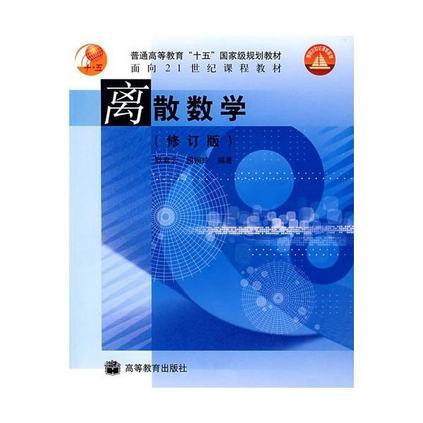For a given shape $S$ in the plane, one can ask what is the lowest possible density of a point set $P$ that pierces ("intersects", "hits") all translates of $S$. This is equivalent to determining the covering density of $S$ and as such is well studied. Here we study the analogous question for families of shapes where the connection to covering no longer exists. That is, we require that a single point set $P$ simultaneously pierces each translate of each shape from some family $\mathcal F$. We denote the lowest possible density of such an $\mathcal F$-piercing point set by $\pi_T(\mathcal F)$. Specifically, we focus on families $\mathcal F$ consisting of axis-parallel rectangles. When $|\mathcal F|=2$ we exactly solve the case when one rectangle is more squarish than $2\times 1$, and give bounds (within $10\,\%$ of each other) for the remaining case when one rectangle is wide and the other one is tall. When $|\mathcal F|\ge 2$ we present a linear-time constant-factor approximation algorithm for computing $\pi_T(\mathcal F)$ (with ratio $1.895$).
翻译:对于在平面上一个特定形状 $S $, 人们可以询问一个点的最小密度是多少, 该点设置为$P$ 的最低密度, 该点由 $\ pi_ t (\ mathcal F) 设定, 这相当于确定 $S$ 的覆盖密度, 并对此进行了仔细研究。 我们在这里研究形状家属的类似问题, 该形状的连接不再存在。 也就是说, 我们要求单点同时设定一个点, $P$, 将每个形状的宽度从一些家庭 $\ mathcal F$ 中进行翻译。 我们表示 美元 $\ mathcal F$ 的最小密度 。 具体地说, 我们关注 $\ mathcal F$, 包括轴- pal- pallel 矩形。 当一个矩形的宽度比 $ 2\ 时, 当一个矩形的宽度比 $ 2, 我们精确地解决了这个案例, 当一个矩形的宽度比 $ 2, 当一个直径的直径的直径的直径的直径的直径直径直径直方的直方的直方的直方的直径直方的直方的直方的直方的直方的直方的直方的直方的直方的直方的直方的直方的直方的直方的直方的直方的直方的直方的直方的直方的直方方方方方方方方方方方方方方方方方方方方方方方方方方方方方方方方方方方方方方方方方方方方方方方方方方方方方方方方方方方方方方方方方方方方方方方方方方方方方方方方方方方方方方方方方方方方方方方方方方方方方方方方方方方方方方方方方方方方方方方方方方方方方方方方方方方方方方方方方方方方方方方方方方方方方方方方方方方方方方方方方方方方方方方方方方方方方方方方方方方方



